Untitled (Mental States playing card drawing)
2011
Pen and black ink on card
3 1/2 x 2 1/2 inches (8.89 x 6.35 cm.)
Signed and dated upper left
Signed and dated in ink, upper left recto.
Within a box set and with one pack of playing cards
Exhibitions:
George Condo: Mental States at Hayward Gallery, London; October 18, 2011-January 8, 2012
Ex-collection:
Spruth Magers, London and Berlin
Private Collection, 2017
Particularly known for his signature figuration paintings featuring fractured portraits, bold lines, and aggressive imagery, George Condo has heavily influenced on contemporary painting by “opening the door for artists to use the history of painting in a way that was not appropriation.” [1] Condo not only re-contextualizes paintings from the Old Masters, but also blending their imagery and techniques with Modern aesthetics that echo Pablo Picasso and Willem de Kooning. He employs virtuoso draftsmanship and paint handling of the old masters to depict subject matters that sprang largely from his imagination, against his contemporary trend of artists appropriating directly from historical sources. Condo describes them as “psychological Cubism,” as they depict different and often conflicting emotions in the same face rather than different facets of an object as Picasso and Braque.
Born in Concord, NH in 1957 and moved to New York in the late 1970s under the urge of his friend Jean-Michel Basquiat, Condo worked briefly in Andy Warhols’ factory and exhibited frequently in East Village galleries before he decamped to Paris and spent a full decade there seeking the freedom and isolation that he needed. His influence can be seen in thew work of a range of contemporary painters, including John Currin, Glenn Brown, and Lisa Yuskavage.
This recent work on paper, Mental States playing card drawing, exemplifies Condo’s signature figuration with its bulging eyes and bulbous cheeks, displaying his tragicomic vision, his artistic strategy of coupling meticulous attention to naturalistic detail with elements of the grotesque and the absurd, and further, his critical representation of human psyches of our post-humanist age.
Entnote
[1] Laura Hoptman, Curator in the Department of Painting and Sculpture at the Museum of Modern Art, quoted in Clavin Tomkins, “Portraits of Imaginary People,” New Yorker (January 17, 2011), accessed November 26, 2017, URL: https://www.newyorker.com/magazine/2011/01/17/portraits-of-imaginary-people.

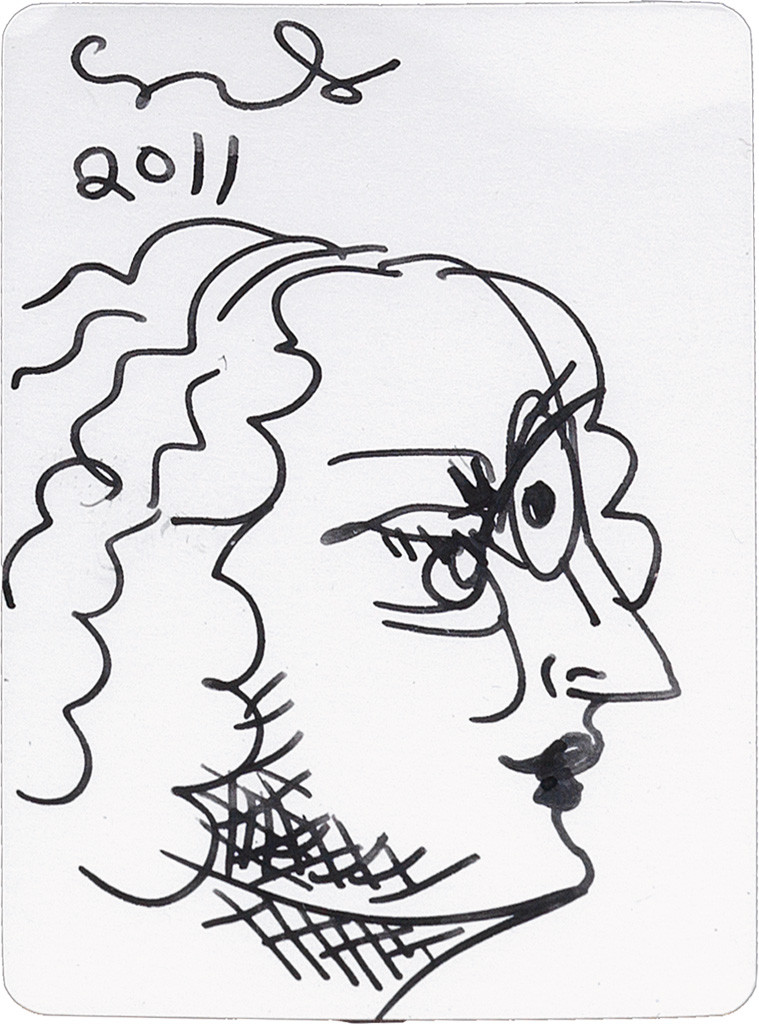

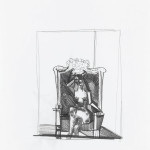 Seated Female on Throne
Seated Female on Throne
 Untitled
Untitled
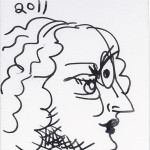 Untitled (Mental States playing card drawing)
Untitled (Mental States playing card drawing)
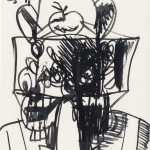 Untitled (Mental States playing card drawing).
Untitled (Mental States playing card drawing).
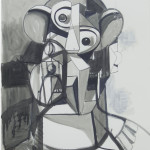 Jester 4
Jester 4
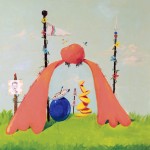 Billy has Mind Ticks
Billy has Mind Ticks
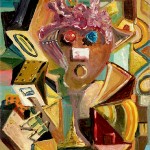 Cubism
Cubism
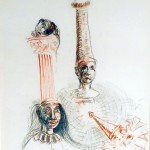 Untitled (Two Heads)
Untitled (Two Heads)
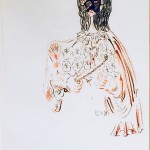 Untitled (Masked Figure)
Untitled (Masked Figure)
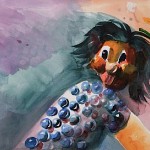 Untitled
Untitled
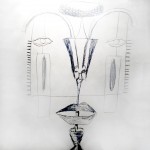 Study for Woman is the Sum of Her Parts
Study for Woman is the Sum of Her Parts
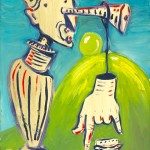 Swiss Juice
Swiss Juice
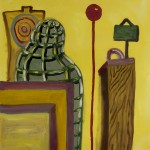 Untitled
Untitled
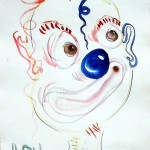 Untitled (Head)
Untitled (Head)
 Untitled
Untitled
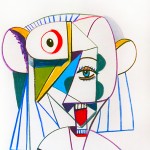 Constructed Portrait
Constructed Portrait